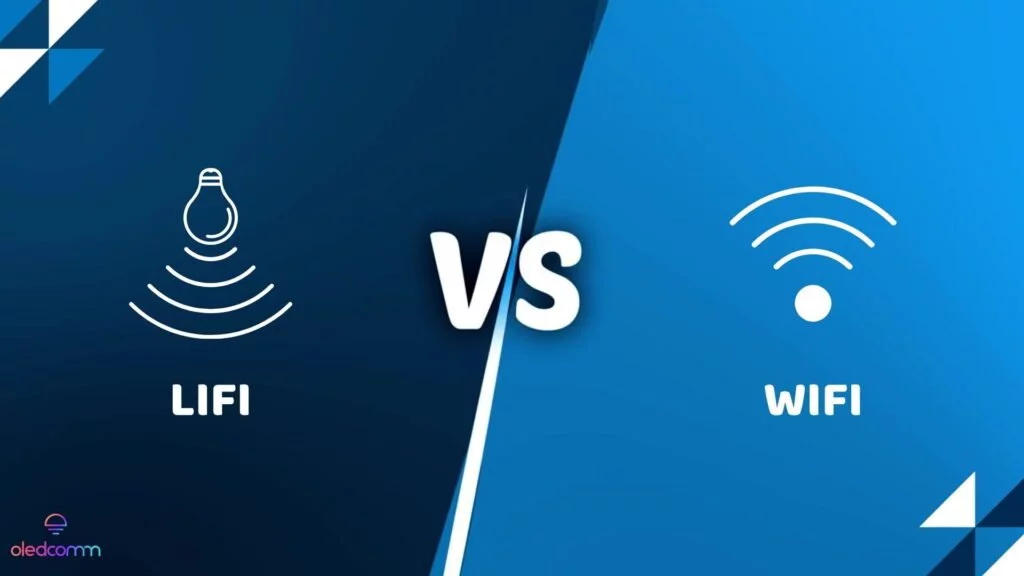LiFi vs. WiFi: the fundamental differences

LiFi & WiFi, two similar sounding words, two wireless communication technologies, yet they have major differences. One uses light, the other radio frequency waves. One is at the dawn of its expansion, the other is anchored in our daily life. But between WiFi and LiFi, in an ultra-connected society where access to the Internet is as important as ever, which technology stands out? Today, WiFi is omnipresent in our society. In homes, in companies, institutions and communities, in transportation: humans have gradually built their relationship with the Internet until they’ve become mentally inseparable from WiFi. For many people, it’s even difficult to imagine connectivity other than through WiFi. However, there is another technology, and it’s on the way to revolutionizing wireless communication. This is LiFi, for Light Fidelity, a system of data transmission by light which is similar to WiFi (almost) only in the sound of its name. In fact, although these two technologies have in common that they are wireless data transmission methods, they differ in fundamental ways. With the ambitious expansion of connectivity through light, it’s worth asking: LiFi or WiFi, which is better? This is the question we will try to answer in this article.

